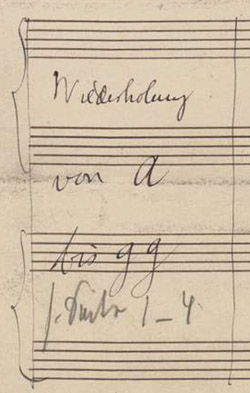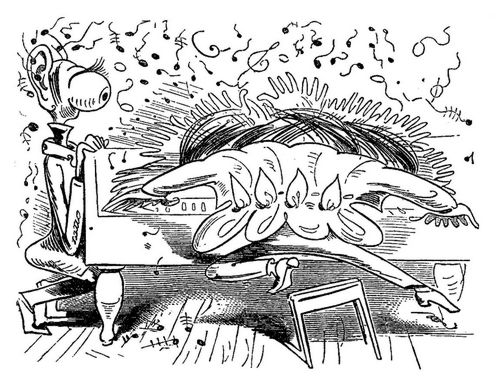By guest author Alex Ross[1]
“What other work is so full of silence?” (András Schiff)
The other day, I sat with Sir András Schiff, the Hungarian-born, British-based pianist, in a practice room at Walt Disney Concert Hall, in Los Angeles, contemplating a great musical mystery: the trill in the eighth measure of Schubert’s Piano Sonata in B-Flat, D. 960. Continue reading

 Carnival, Mardi Gras, Fasching: Today, Carnival Monday (“Rosenmontag” in German) is also being celebrated in Munich – although somewhat less exuberantly than in Cologne or Mainz.
Carnival, Mardi Gras, Fasching: Today, Carnival Monday (“Rosenmontag” in German) is also being celebrated in Munich – although somewhat less exuberantly than in Cologne or Mainz. If the ideal goal of a critical Urtext edition may be said to be finding out and representing what the composer “actually intended”, then consulting all the relevant sources for the work, comparing them and evaluating their differences is above all its fundamental task.
If the ideal goal of a critical Urtext edition may be said to be finding out and representing what the composer “actually intended”, then consulting all the relevant sources for the work, comparing them and evaluating their differences is above all its fundamental task.